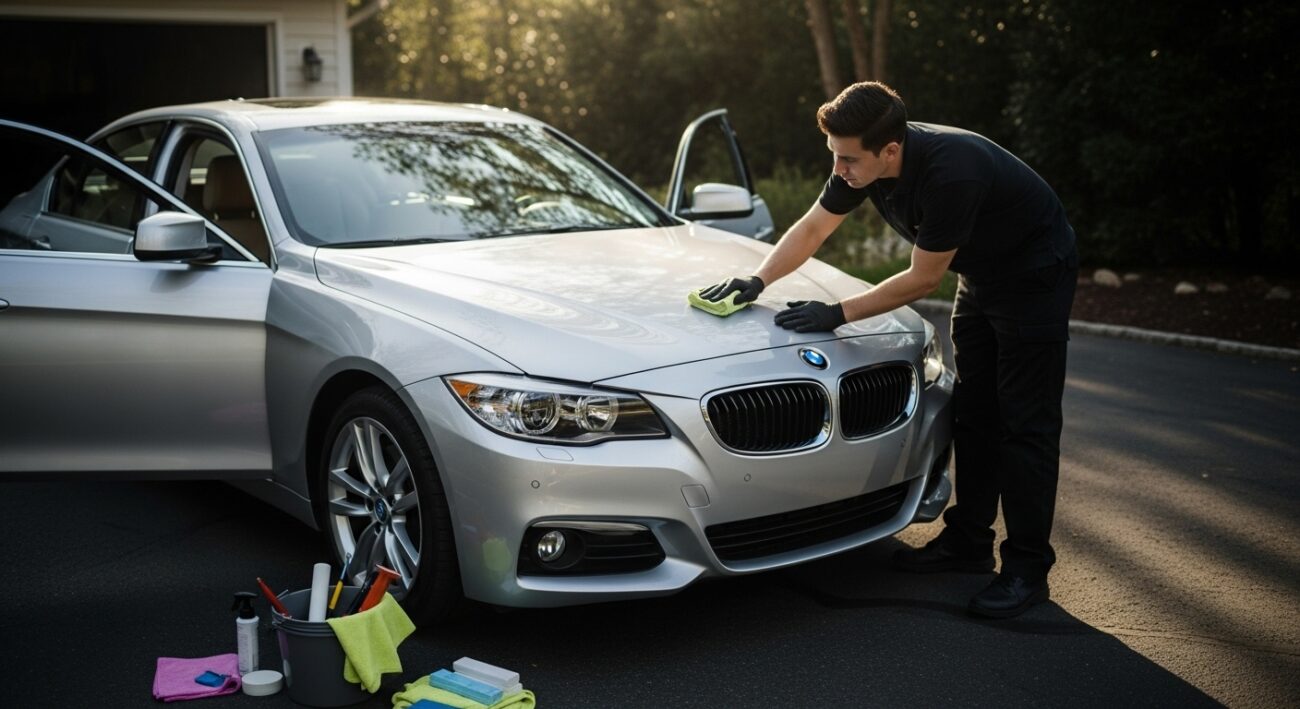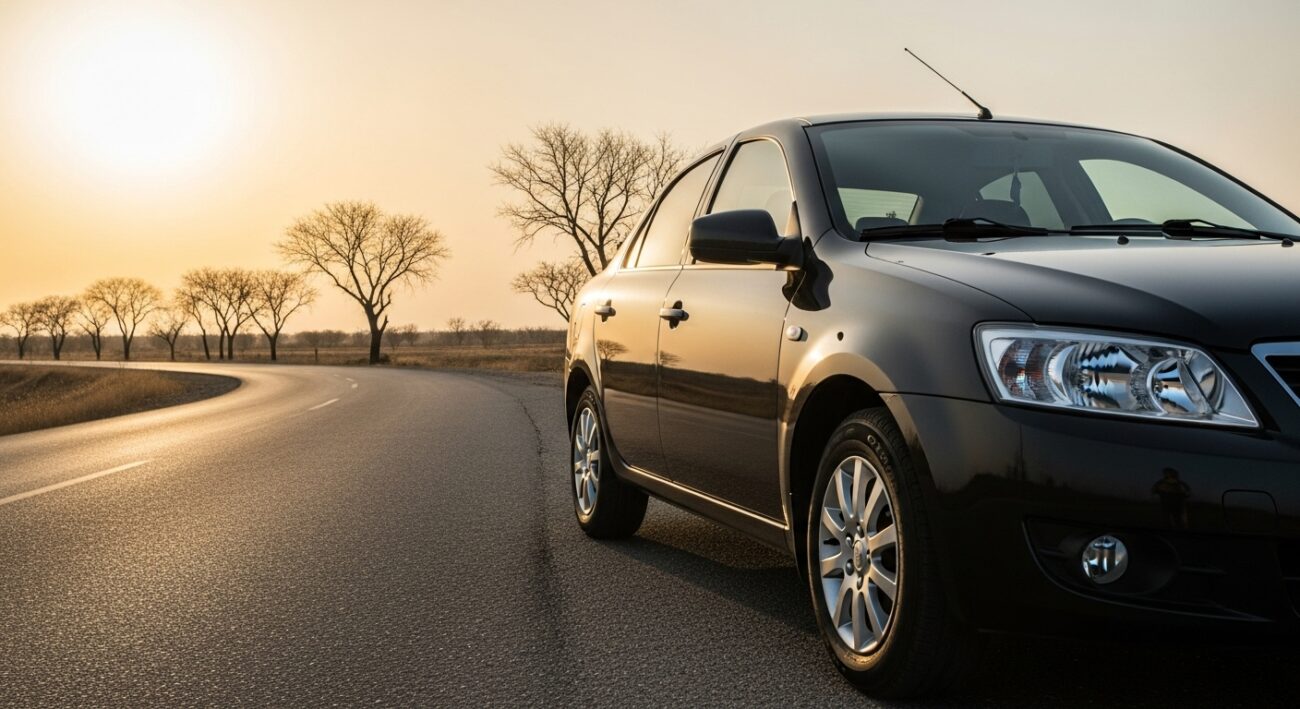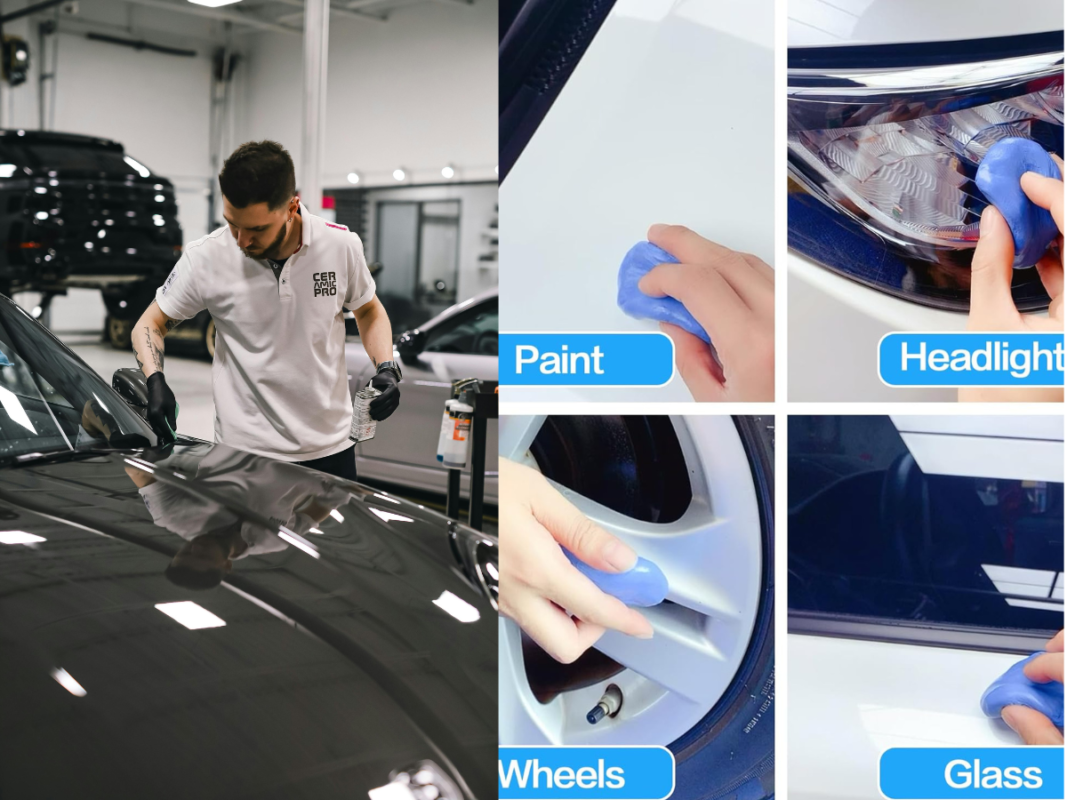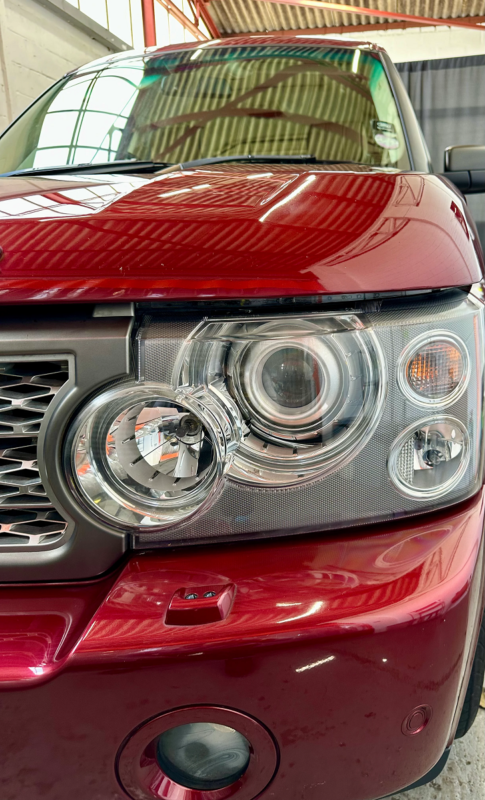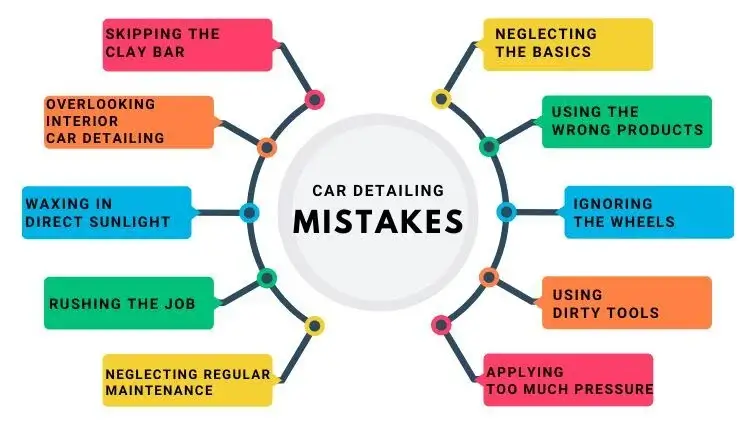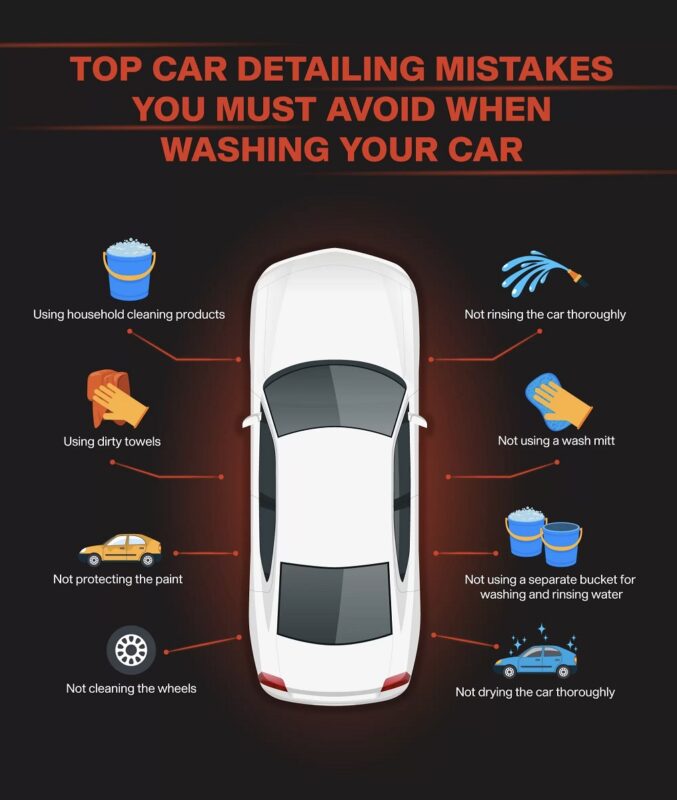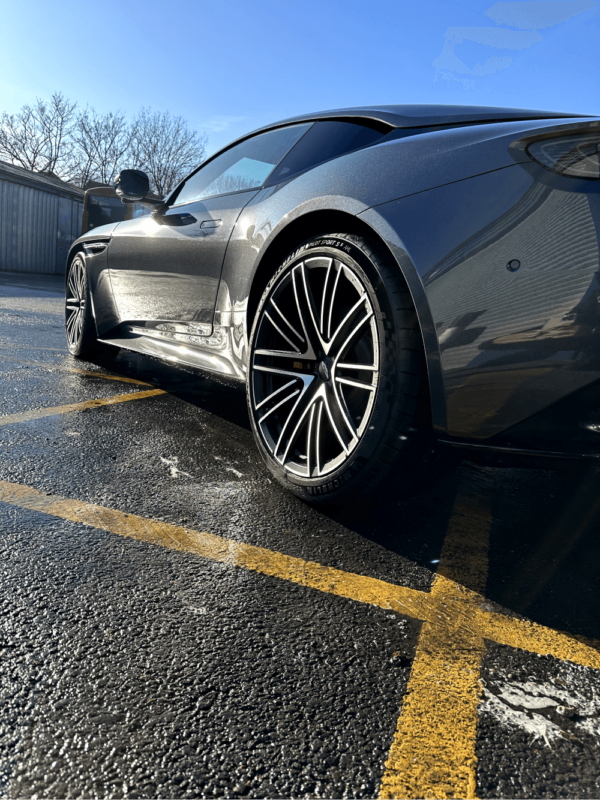Science Behind Ceramic Coating
Understanding the science behind ceramic coating helps us appreciate its remarkable protective properties. Through the integration of nanoparticles, ceramic coatings offer hydrophobic behaviour, excellent chemical resistance, UV protection, and scratch resistance, making them an ideal solution for preserving and enhancing the longevity of various surfaces.

Nanotechnology in Ceramic Coatings
Role of Nanoparticles
Nanoparticles in ceramic coatings, specifically SiO2 and TiO2, work together to create a shield-like barrier on the surface. SiO2 nanoparticles provide hardness and water repellency, while TiO2 nanoparticles give the coating its self-cleaning properties to repel water. Nanoceramic coatings harness the power of nanotechnology to deliver unmatched durability, hydrophobicity, and gloss enhancement.
Chemical Bonding Mechanisms
The incredible gloss and protection offered by ceramic pro coatings result from a convergence of innovative nanomaterials and intelligent molecular engineering. From their cross-linked nanostructure to their meticulously designed surface chemistry, these coatings exemplify the cutting edge of automotive nanotechnology.
Nanoscale Structure
At their core, ceramic coatings employ a sophisticated blend of inorganic compounds like silicon dioxide (SiO2), titanium dioxide (TiO2), aluminium oxide (Al2O3), and zirconium dioxide (ZrO2) is another component of a ceramic coating that contributes to its effectiveness. engineered into a nanoparticle structure measuring mere nanometers in size. This nanotechnology is pivotal to their unmatched performance.
For those seeking the ultimate union of aesthetic brilliance, resilient protection, and materials innovation, ceramic pro nanocoatings stand in a class of their own.
Hydrophobic Properties of Ceramic Coatings
Water Beading Effect
Ceramic coatings exhibit hydrophobic behaviour, rendering surfaces water-repellent and demonstrating how coatings can be used to repel water. This is due to the SiO2 nanoparticles’ ability to create a high contact angle with water droplets, causing them to bead up and roll off the surface, carrying away dirt, dust, and grime and effectively protecting your car. One of the key features of ceramic coating is its hydrophobic properties.
Self-Cleaning Mechanism
The ceramic coating’s smooth and sturdy surface reduces water molecules’ points of contact, allowing them to slide off easily. This unique combination of cohesive water behaviour and the repelling nature of the ceramic coating creates excellent self-cleaning properties, reducing residue and contaminants on surfaces.
Impact on Surface Maintenance
The hydrophobic nature offers several benefits, including easy cleaning and maintenance. Due to their water-repelling properties, surfaces coated with high-quality ceramic coatings are less prone to water damage, staining, and corrosion. This makes them suitable for a wide range of applications, from automotive and marine to industrial and residential.

Chemical Composition of Ceramic Coatings
Silica Dioxide and Quartz
Ceramic coatings employ a sophisticated blend of inorganic compounds like silicon dioxide (SiO2), titanium dioxide (TiO2), aluminium oxide (Al2O3), and zirconium dioxide (ZrO2). These compounds, engineered into a nanoparticle structure measuring mere nanometers in size, explore the science of ceramic coatings. This nanotechnology is pivotal to their unmatched performance.
Crosslinking and Bonding
The chemical properties of ceramic coatings, a key component of a ceramic coating, are essential for their effectiveness and protection. They form a strong bond with the paint through chemical reactions, creating a durable protective coating. This strong bond ensures long-lasting protection against environmental factors.
Durability and Resistance
Ceramic coatings are known for their durability and resistance, which make them an excellent option to protect and enhance the longevity of surfaces. They resist UV radiation, preventing paint fading and oxidation. Additionally, compounds like alumina provide excellent abrasion resistance, improving the overall durability of the coating.
Understanding the composition of ceramic coating provides insights into their protective capabilities and helps users make informed decisions when selecting the most suitable product for their needs.
UV Protection and Scratch Resistance
Protection from Ultraviolet Rays
Ceramic coatings incorporate metal oxide nanoparticles like titanium dioxide and zinc oxide, which act as UV absorbers. These nanoparticles efficiently dissipate harmful high-energy ultraviolet photons through electron transitions before they can initiate oxidation reactions. This shields the underlying clearcoat’s polymers from degradation, retarding chalking, fading, and loss of gloss over time.
Scratch-Resistant Properties
While not impervious to excessive impacts or deep gouging, the intertwined nanoparticle network structure exhibits remarkable hardness and abrasion resistance compared to polymer coatings. Its densely crosslinked matrix of ceramic oxide nanoparticles can deflect minor scratches and effectively self-heal microscopic defects through localised plastic deformation, showcasing the range of benefits provided by nanotechnology in ceramic coatings. This minimises the impact of light scratches and swirl marks, preserving the underlying paintwork.
Long-Term Surface Preservation
Ceramic coatings offer long-term surface preservation by providing a durable barrier against environmental factors. With minimal maintenance, these coatings ensure the paintwork remains vibrant and protected for years. The high-temperature resistance of ceramic coatings allows them to withstand the heat generated by the sun or engine components, ensuring the coating remains intact and provides protection under challenging conditions.
The best auto detailing near me often recommend ceramic coatings for their superior UV protection and scratch resistance, ensuring your vehicle’s paintwork remains pristine.
Application and Curing Process
Liquid Application Techniques
Ceramic coatings are typically applied as a liquid to protect and enhance the surface by forming a strong bond. The process involves spreading the liquid evenly over the surface, ensuring complete coverage with spray coatings. This step is crucial for achieving a uniform protective layer.
Curing and Hardening
The curing process of ceramic coatings is a topic shrouded in misconceptions, yet understanding it is crucial to appreciate how ceramic coating works to provide protection., with many believing that it takes weeks for the coating to harden fully. In reality, the coating must fully cure over 24-72 hours, allowing for complete solvent evaporation and condensation polymerisation to reach maximum cross-link density, a process that underscores how ceramic coating works to protect and enhance surfaces. Once cured, products like fluorinated sealants can be applied to enhance hydrophobicity.
Achieving a Solid Barrier
A ceramic coating is typically applied as a liquid and then cured or baked to form a hard, durable coating. The curing process causes the chemical elements in the coating to crosslink and bond together, creating a solid barrier. This solidifies the structure into an extremely hard, impenetrable barrier layer unified with the underlying surface, making it easier to clean and protect.
Regular maintenance cleans away contaminants that could potentially etch the coating, emphasising the importance of ceramic coatings in paint protection.
Advantages Of Traditional Coatings
Comparison with Waxes and Sealants
Ceramic coatings offer a superior level of protection compared to traditional waxes and sealants. While waxes provide a temporary shield, ceramic coatings form a permanent bond with the vehicle’s paint, ensuring long-lasting protection. Additionally, ceramic coatings are more resistant to environmental contaminants, UV rays, and chemical damage.
Longevity and Efficiency
One of the key benefits of ceramic coatings is their exceptional durability as a paint protection solution, making it easier to clean and maintain the surface. Unlike waxes that need to be reapplied every few months, ceramic coatings can last for years with proper maintenance. This longevity translates to significant time and cost savings for vehicle owners, as the ceramic coating for your car reduces the need for frequent washes and maintenance. The hydrophobic properties of ceramic coatings also make cleaning easier, as dirt and grime are less likely to adhere to the surface.
Cost-Effectiveness
Although the initial cost of applying a ceramic coating may be higher than traditional methods, the long-term benefits make it a cost-effective solution. The reduced need for frequent reapplications and the enhanced protection against scratches and environmental damage can lead to substantial savings over time, proving the range of benefits offered by applying a ceramic coating to your car.
By investing in ceramic coatings, vehicle owners can enjoy a glossy, liquid-like finish and long-term protection, making it a worthwhile investment for maintaining the vehicle’s appearance and value.
Our advanced ceramic and graphene coatings offer superior protection compared to traditional coatings, ensuring your vehicle remains in pristine condition for longer. Experience the ultimate in vehicle care and protection by visiting our website today.
Conclusion
Understanding the science behind ceramic coating helps us appreciate its remarkable protective properties. Through the integration of nanoparticles, ceramic coatings offer hydrophobic behaviour, excellent chemical resistance, UV protection, and scratch resistance, making them an ideal solution for preserving and enhancing the longevity of various surfaces. By delving into the composition and application process of ceramic coatings, we uncover the scientific principles that make these coatings highly durable and efficient. This knowledge not only highlights the technological advancements in surface protection but also underscores the importance of ceramic coatings in various industries, particularly in automotive care, to protect your car. As we continue to explore and innovate, the future of ceramic coatings promises even greater enhancements in protection and performance.
Bullet Point Summary
- Ceramic coatings utilise nanotechnology to create a durable and protective layer on surfaces.
- The hydrophobic properties of ceramic coatings result in a self-cleaning effect, making maintenance easier.
- The chemical composition, including silica dioxide and quartz, contributes to the coating’s durability and resistance.
- Ceramic coatings provide UV protection and scratch resistance, ensuring long-term surface preservation and making it easier to clean.
- Compared to traditional waxes and sealants, ceramic coatings offer superior longevity, efficiency, and cost-effectiveness.
Frequently Asked Questions
What is ceramic coating, and how does it work?
Ceramic coating is a liquid polymer that chemically bonds to a surface, forming a permanent protective layer. This coating utilises nanoparticles to create a durable, hydrophobic barrier that protects against environmental hazards, UV rays, and scratches.
How is ceramic coating different from traditional waxes and sealants?
Unlike traditional waxes and sealants, the ceramic coating forms a permanent bond with the surface and cannot be easily washed off or removed, offering a range of benefits, including easier maintenance. It offers superior durability, hydrophobic properties, and long-term protection.
What are the main components of ceramic coatings?
Ceramic coatings, typically made from materials like silica dioxide (SiO2) or quartz, serve as a protective coating for various surfaces. These materials have hydrophobic properties and contribute to the coating’s durability and resistance to environmental factors.
How does the hydrophobic property of ceramic coatings benefit surface maintenance?
The hydrophobic property causes water to bead up and roll off the surface, taking dirt and grime with it. This self-cleaning effect makes regular maintenance much easier and helps keep the surface cleaner for longer periods.
What is the role of nanotechnology in ceramic coatings?
Nanotechnology plays a crucial role in ceramic coatings by utilising nanoparticles to form a net-like structure. This nanoscale structure enhances the coating’s durability, chemical resistance, and ability to protect against UV rays and scratches.
How is the ceramic coating applied and cured?
Ceramic coating is typically applied as a liquid and then cured or baked to form a hard, durable coating. The curing process causes the chemical elements in the coating to crosslink and bond together, creating a solid barrier.


